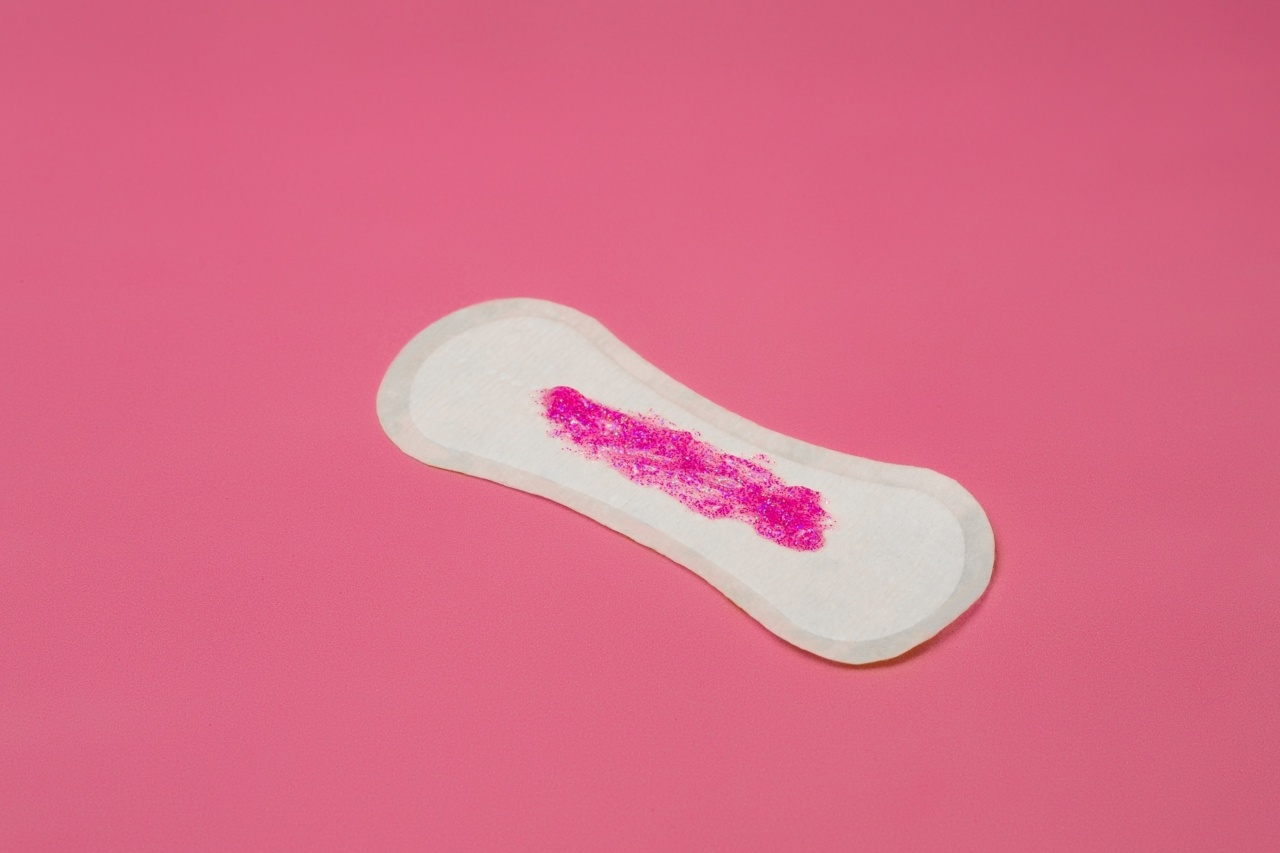High blood pressure, also known as hypertension, is a common condition that affects millions of people worldwide.
It occurs when the force of blood against the artery walls is too high, leading to long-term health problems such as heart disease, stroke, and kidney disease. While both men and women can develop high blood pressure, women may experience unique symptoms and risk factors that are important to be aware of. In this article, we will explore six indications of high blood pressure specifically in women.
1. Frequent Headaches and Dizziness
One of the early signs of high blood pressure in women is frequent headaches, often described as a pulsating pain that starts at the back of the head and radiates forward.
These headaches may occur upon waking up in the morning or after physical exertion. Dizziness, lightheadedness, and a feeling of unsteadiness can also be associated with high blood pressure.
2. Fatigue and Sleep Problems
Constant tiredness and fatigue can be indications of an underlying health issue, including high blood pressure. Women with uncontrolled hypertension may experience difficulty falling asleep, disrupted sleep patterns, or wake up feeling unrested.
This lack of quality sleep can further contribute to fatigue and overall low energy levels throughout the day.
3. Shortness of Breath
High blood pressure can lead to the accumulation of fluid in the lungs, causing a sensation of being short of breath, even during light physical activities.
Women with hypertension may also experience chest tightness or discomfort, which can be easily mistaken for symptoms of other health conditions such as asthma or anxiety.
4. Changes in Vision
Changes in vision, including blurred vision or seeing bright spots or floaters, can be an indication of high blood pressure in women. Hypertension can affect the blood vessels in the eyes, leading to retinopathy or damage to the retina.
Regular eye exams are crucial for detecting any abnormalities and addressing them promptly.
5. Facial Flushing
Women with high blood pressure may experience facial flushing, specifically on the cheeks, nose, and forehead. This flushing is often a temporary response to heightened blood pressure levels.
If the flushing becomes chronic or is accompanied by other symptoms, it is vital to consult a healthcare professional for a proper evaluation.
6. Swelling in the Extremities
Swelling in the hands, legs, ankles, or feet, known as peripheral edema, can be a symptom of high blood pressure. When blood pressure is consistently high, it can cause fluid retention, leading to noticeable swelling.
This swelling may be more prominent after prolonged periods of inactivity or at the end of the day.
It is important to note that these indications are not exclusive to high blood pressure and can be related to other health conditions as well.
However, if you experience any of these symptoms, it is crucial to consult with a healthcare professional to determine the underlying cause and receive proper diagnosis and treatment.
Conclusion
Recognizing the signs of high blood pressure in women is crucial for early detection and effective management.
Regular blood pressure monitoring, adopting a healthy lifestyle, including a balanced diet and regular exercise, and working closely with healthcare professionals can help prevent the complications associated with high blood pressure. If you experience any of the indications mentioned in this article, do not ignore them, as timely intervention can make a significant difference in your overall health and well-being.






























